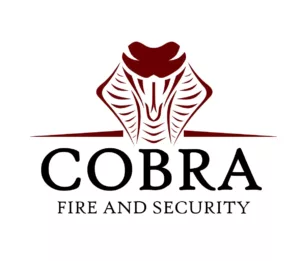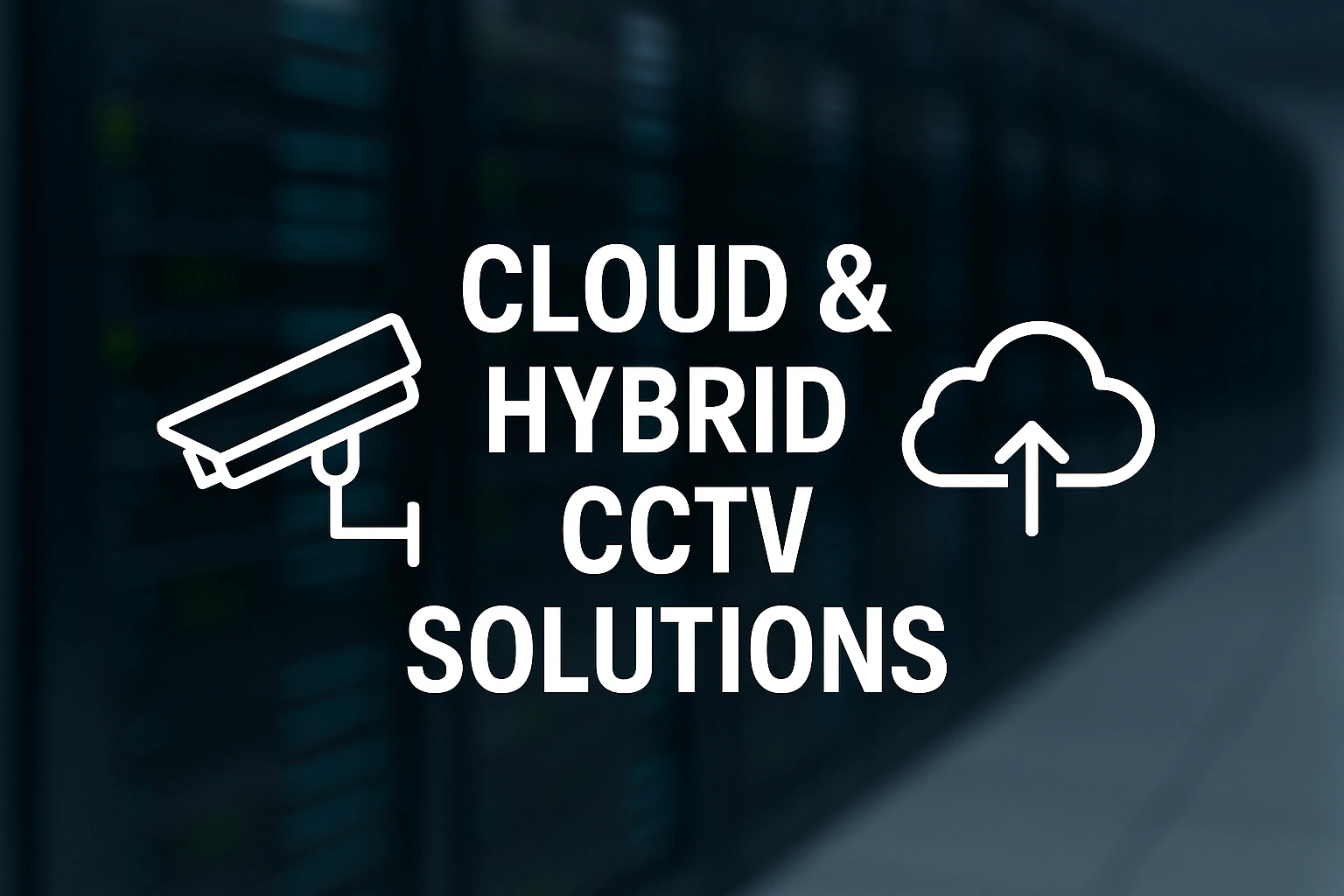
Aspirating Smoke Detection (ASD) systems are among the most advanced fire detection technologies available today. Unlike traditional smoke detectors that wait for smoke to reach a sensor, ASD actively samples the air, detecting smoke at the earliest possible stage.
At Cobra Fire & Security, we install and maintain aspirating smoke detection systems across Hull, East Yorkshire and beyond. Here’s a clear guide on how they work, where they’re used, and why they’re so effective.
What Is an Aspirating Smoke Detector?
An aspirating smoke detector continuously draws air samples through a network of small pipes installed throughout the protected area. These samples are analysed in a central detection chamber using laser or optical technology to identify even the smallest traces of smoke.
This makes ASD ideal for environments where early detection is critical or where conventional smoke detectors may struggle.
How Does an Aspirating Smoke Detector Work?
-
Air Sampling – Small pipes with discreet holes are fitted throughout the protected area. These constantly draw in air.
-
Transportation – A high-efficiency fan moves the air sample from the protected space into the detection chamber.
-
Detection – The chamber uses highly sensitive laser-based technology to identify microscopic smoke particles.
-
Alarm Activation – Once smoke is detected, the system triggers an alarm, alerting building occupants or the fire alarm panel for a rapid response.
Benefits of Aspirating Smoke Detection
-
Early Detection – Can identify smoke before it’s visible, giving maximum time to respond.
-
High Sensitivity – Suitable for mission-critical environments such as data centres or clean rooms.
-
Flexible Installation – Discreet sampling pipes allow protection in areas unsuitable for traditional detectors.
-
Reliable Performance – Less affected by dust, airflow, or high ceilings compared to point detectors.
-
Compliance – Meets fire safety standards and insurance requirements for specialist applications.
Where Are Aspirating Smoke Detectors Used?
Aspirating smoke detectors are particularly useful in:
-
Data Centres & Server Rooms – Protecting critical IT infrastructure.
-
Warehouses & High-Ceiling Buildings – Where smoke may not reach traditional detectors quickly.
-
Clean Rooms & Laboratories – Where even a small fire could cause major damage.
-
Cold Storage & Freezers – Designed to work in extreme environments.
-
Public Spaces & Historic Buildings – Where discreet protection is required.
Why Choose Cobra Fire & Security for ASD Systems?
We provide expert advice, design, installation, and ongoing maintenance for aspirating smoke detection systems. Our engineers are fully trained to deliver BS 5839-compliant fire solutions across Hull, Beverley, Scunthorpe, Grimsby, Goole, and the wider Yorkshire region.
Contact us today for a free consultation on aspirating smoke detection systems.
Reviewed: 07/09/2025 Our articles are reviewed regularly. However, any changes made to standards or legislation following the review date will not have been considered. Please note that we provide abridged, easy-to-understand guidance. To make detailed decisions about your fire safety provisions, you might require further advice or need to consult the full standards and legislation.
Share this article
Written by : Michael Winter
Follow us
A quick overview of the topics covered in this article.
Latest articles
January 9, 2026









